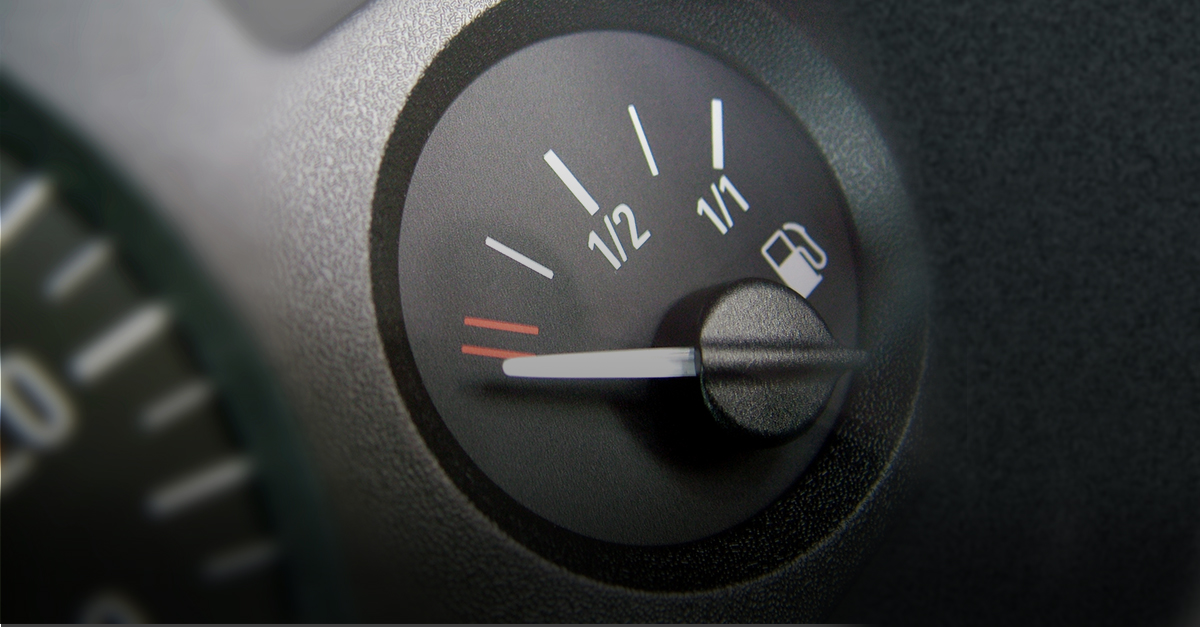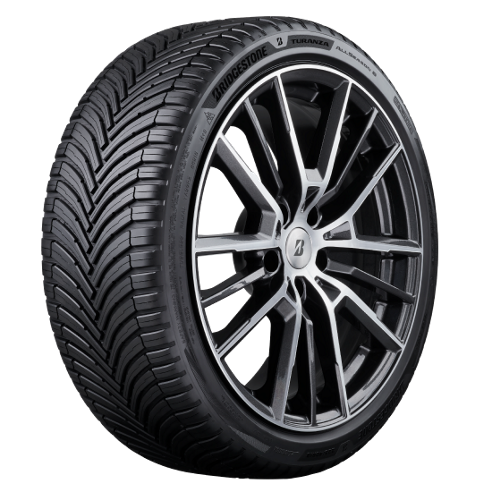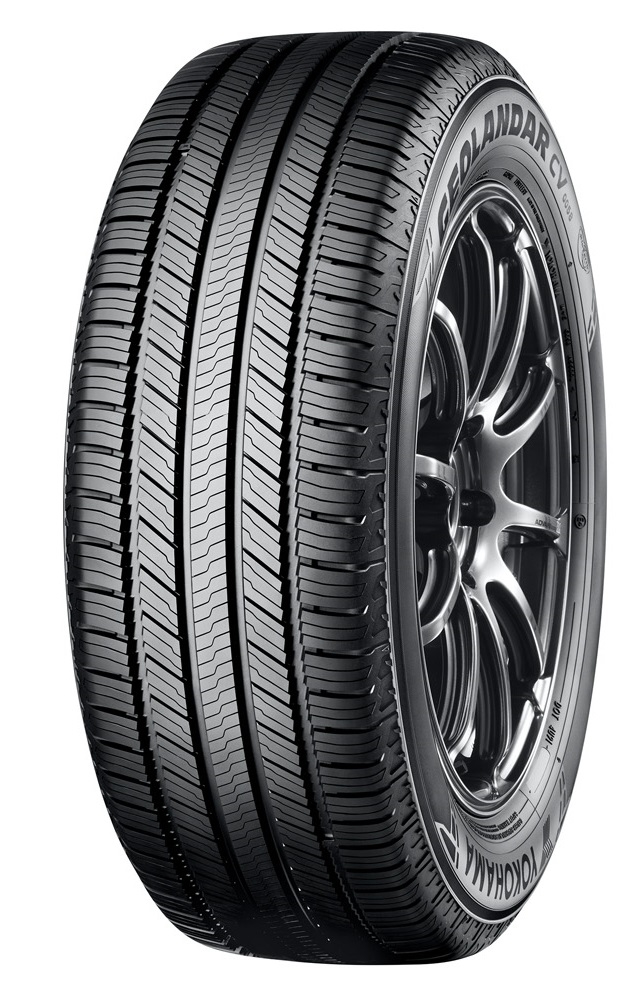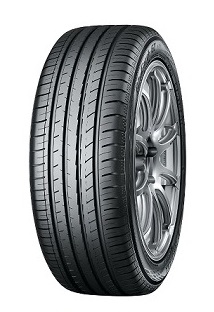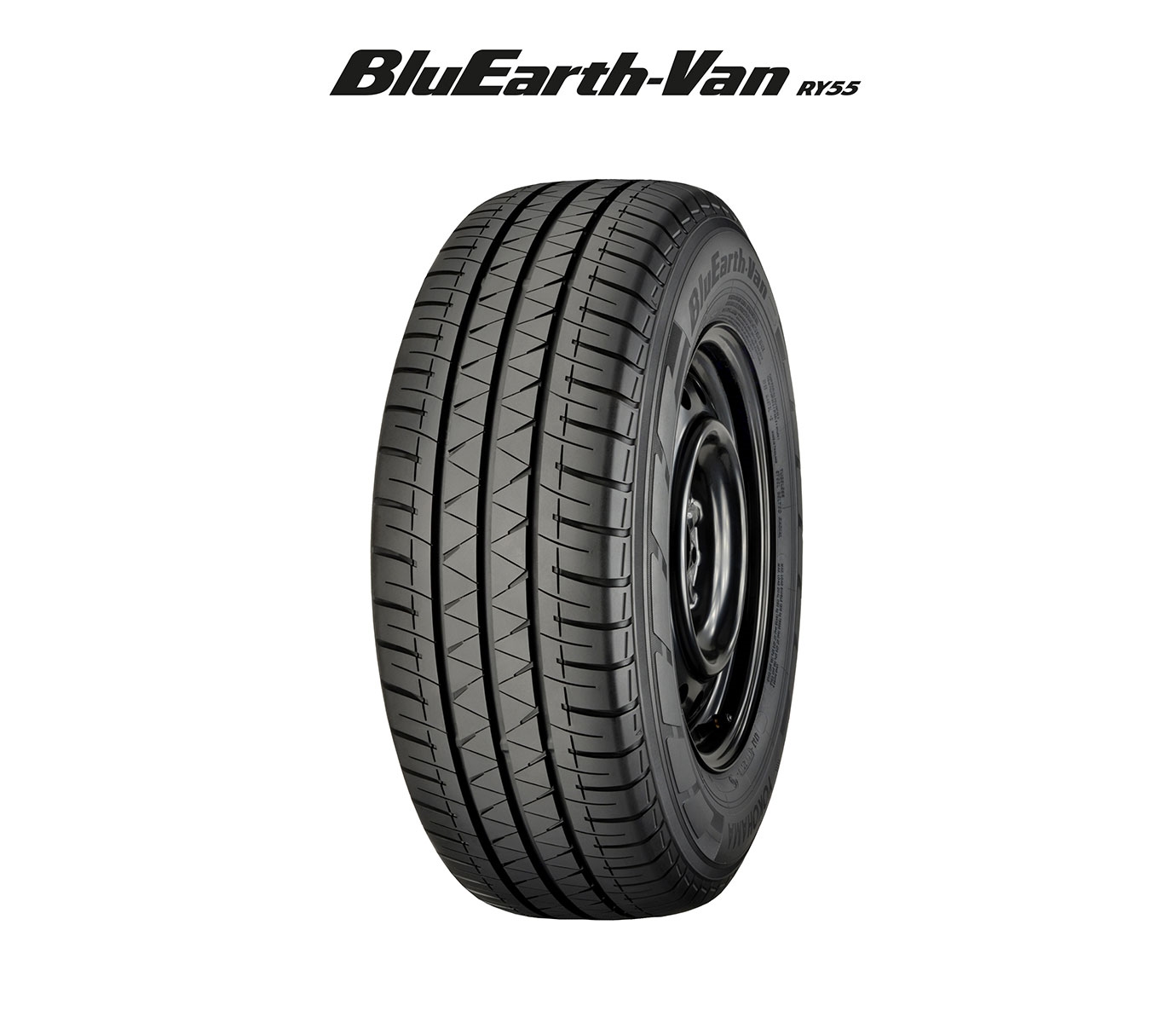With petrol and diesel still costing an arm and a leg, Bridgestone has provided a series of fuel-saving tips to help ease the pain at the pumps. By tweaking driving styles, Bridgestone believe that a typical tank can last longer and ensure that trips to the forecourt aren’t needed quite so urgently.
Bridgestone’s Technical Manager Gary Powell has devised the following tips to extract more miles from each journey.
1. Make sure you purchase the best tyres for your vehicle
It’s important to invest in the right tyres for your vehicle while you may be tempted to go “budget” in the long-term this will cost you more money and be more expensive on your pocket in terms of fuel. Opting for a premium product can increase fuel-range. For example, Bridgestone’s Turanza T005 delivers fuel economy – combined with high mileage – to give drivers full control in challenging daily situations.
To achieve Turanza’s high-level performance, Bridgestone engineers put together a premium wet package of materials and tread design. The dense siping in the blocks and void distribution in the centre section of the tread help to produce highly-efficient water drainage. Using new mixing technology, Bridgestone’s proprietary NanoPro-Tech polymer is mixed in the high-silica-content compound to help maximise wear, wet grip and fuel efficiency.
2. Check your tyre pressures
It’s really important to make sure your tyres are inflated to the correct pressure as indicated in your owner’s manual. Underinflated and overinflated tyres both adversely affect fuel economy. Not only that you are compromising your safety – when your tyres are under inflated it compromises your ability to brake and manoeuvre safely.
Vehicles with under-inflated tyres have increased rolling resistance that require more fuel to maintain the vehicles speed. This is not good for your pocket and equates to higher Co2 emissions too, which is not good for the environment either.
3. Check your tyres
If your tyres are not inflated correctly or are wearing it is both unsafe but will also have an effect on your fuel consumption:
Try the 20p tread test. The legal minimum tread depth is 1.6mm, so to check if your tyres are legal, insert a 20p coin into the tread to check. If any part of the coin’s border is visible, it’s time to change the tyres.
4. Easy on the accelerator
Excessive speed is the biggest fuel-guzzling factor so having a light right foot and ensuring all acceleration is gentle is very important to fuel-efficient driving.
The best way to achieve high MPG (Miles per gallon) is to drive in the highest possible gear while keeping within the speed limit. The best advice in urban areas is to change up through the gears as quickly as you can with the lowest revs possible. The faster an engine spins, the more fuel it uses.
5. Anticipate
Anticipation is key. Try to anticipate what’s going to happen in front of you by looking well ahead. By doing this, you’ll see the traffic lights on red meaning you can ease back on the accelerator or slow down as you approach and potentially keep moving as opposed to coming to a stop.
Keeping the car moving at the right speed is essential to fuel economy. Obviously, this depends on traffic conditions and what’s happening on the road ahead, but slowing down and having to accelerate again uses more fuel.
6. Cruise control
Cruise control only aids fuel economy when driving on a constant flat surface, hence why it is usually best reserved for motorway driving.
One of the keys to saving fuel is driving at a constant speed, cruise control can do this effectively on flat surfaces, making your driving as fuel efficient as possible by negating unnecessary acceleration.
However, if you were to use your cruise control regularly, not on flat roads, you would encounter problems that would increase your fuel consumption.
7. Lighten the load
Don’t pack things into your car that you won’t be needing once you arrive at your destination. Also, don’t leave your roof bars and roof box on because they create wind resistance and cause your car to use more fuel through the ‘drag’ effect. This is increased the faster you drive.
Driving with an open window also has a similar effect. And while this isn’t going to make the biggest difference to your MPG figures, it stands to reason that the heavier a vehicle is, the more fuel it will use.

